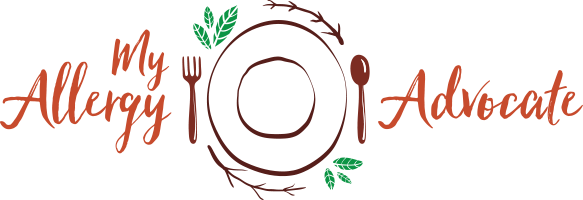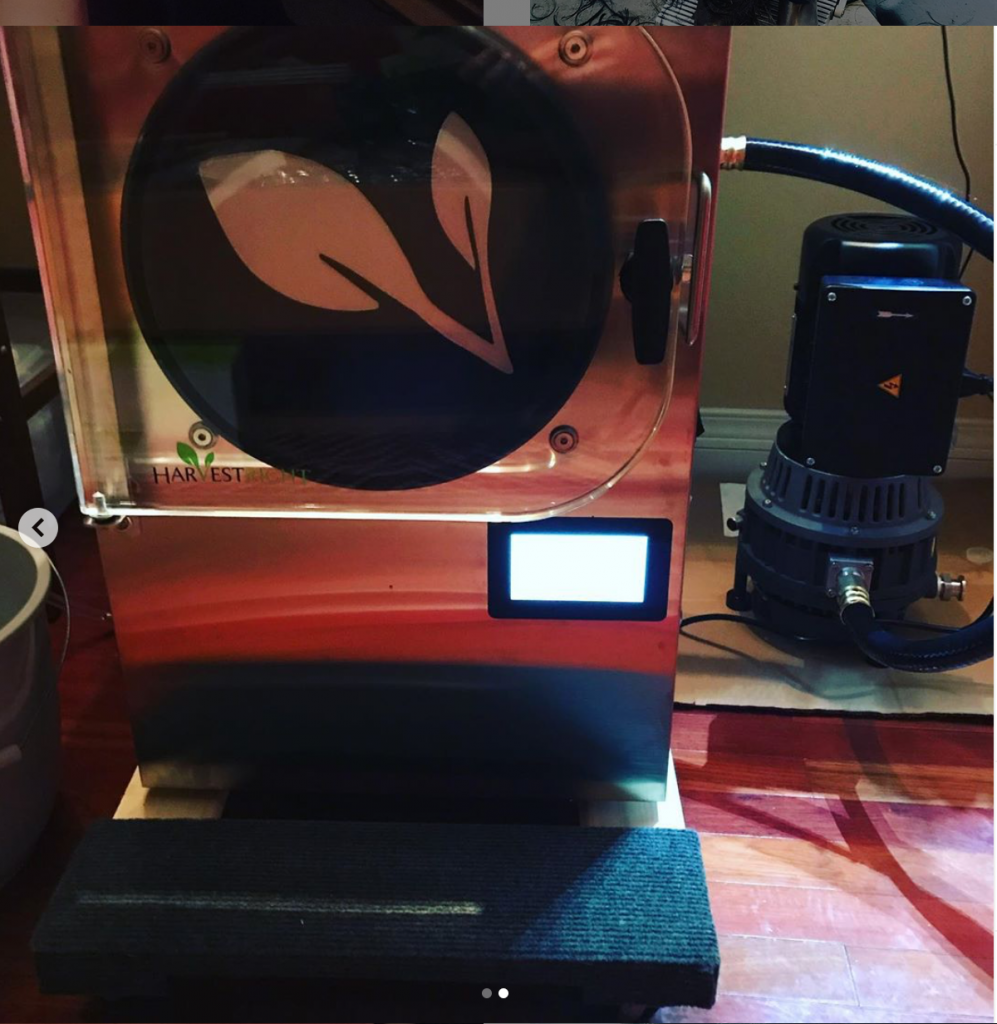
Sometimes I find myself fantasizing about people cooking me customized food, free of my allergens.
I see plates of delectable gluten-free baked yum yums flying through the air and landing on my plate with a whispery puff. Hot soups, pot pies, and dumpling at my beck and call, any time I’m hungry. Other times, I’m content with my real-life circumstances at home, as long as I have all my cooking accoutrements, a gas stove, white plates, and a stocked fridge. I can, and certainly know how to, cook for myself.
But as my M and I planned for yet another amazing vacation on the other side of the world, I admit that I felt stuck in how to problem solve my way through an obvious and unavoidable situation. We would be taking one of two flight legs, both of which were long enough to need some real food to eat, not just snacks. The four flights, two to our destination and two back home, would have a layover each way, one of which would likely not be enough time to get a safe meal.
For those who are new to the world of serious food allergies and medically-necessary diets, the problem may not seem clear to you. Aren’t there plenty of restaurants located in most airport gates? Well, there are plenty of restaurants, just not ones that I have ever been able to eat in, unless you count Starbuck’s coffee as a food group. Coffee does deliver temporary energy, yet I point out two obvious facts: 1) Some people cannot have coffee, and 2) Of those who can drink coffee safely, it can turn your metabolic rate into that of a hummingbird.
Translation: unless I wanted to be a jacked up hummingbird ready to eat anything to stay in flight, the Sensitive Yet Sensible Celiac needed to come up with a solution, and fast.
The Emergency Disaster Kit That Got Me Thinking
One day, I saw something that M had ordered for an emergency disaster kit. He was filling it with things that every kit should have: water, batteries, medical supplies, and the usual essentials. It’s often recommended to stock several weeks worth, if not months, of shelf-stable food in case food distribution is disrupted because of a disaster, natural or man-made. The items looked typical: foods that don’t require cooking or prepping, or that could be rehydrated with hot water cooked on a tiny stove or in a JetBoil.
“What would I put in an emergency kit for me?” I thought.
I thought to myself what I would do if I had access to a commercial-grade freeze dryer. And the answer came back a resounding, ‘Why, I would make everything I wanted!’
And that’s when I realized I had no clue what I’d put in there. Most of the food I eat day-to-day is fresh and requires preparation and cooking to turn it into something edible, if not pleasant. As I looked at his freeze-dried foods and their ingredients, I was reminded that even high-quality freeze-dried food used by people who go camping are full of pasta, onions and garlic, nuts, milk, and other ingredients that would leave me quickly sickened, hospitalized, or weakened from diarrhea, vomiting, and cognitive brain fog (from the contents of my gut eventually leaking into areas of the body where food does not belong).
I silently reflected about what I would do if I had access to a commercial-grade freeze dryer. And the answer came back a resounding, “Why, I would make everything I wanted!” My brain exploded with possibility.
While I have a food dehydrator to make the best beef jerky in the world and the best kale chips ever, the truth about freeze drying and food dehydration involves a rather large distinction. Freeze drying allows for a near-perfect preservation of whatever food you choose for up to 25 years, including its nutrients; food dehydration loses more of its nutrients (although still less loss than canned or frozen foods). And unless you want to eat those dehydrated foods cold, reheating with boiling water will cause them to lose even more nutrients. Also, food dehydration doesn’t preserve the food as long. If you were to put these foods in your emergency kits, you would need to eat them within a few months.
I started researching food freeze dryers on the Internet, searching for any that people had made themselves at home. Very quickly, I was convinced that unless I was absolutely precise in how I put together a science experiment in my home, that might be a rather dangerous way to go. If you’re curious, check out this video.
Harvest Right: A Freeze Dryer in Your Home
It turns out that one brand stands out in making freeze dryers that are safe for home use without sacrificing the kind of safety one would expect from a commercial-grade freeze dryer, such as the kind that would be used to make pharmacy-grade medicines. The brand is called Harvest Right, and they were having a sale.
For the average person, the word “sale” seems to mean a markdown of somewhere between 20-30% off the retail price of an item. For me, the word “sale” also includes an item that rarely, if ever, offers a discount because the item’s value and the cost of delivery doesn’t have much of a profit margin. An example of that is in the world of groceries.
Instead, I started doing the math involved with travel, illness, hospital and doctor bills, and food costs to keep someone like myself healthy, active, and safe. Add on top of that the amount of money I spend on registrations for races and events, and you can quickly see why I would consider the cost of a freeze dryer to be a reasonable one if it meant that I would be sick less often when I traveled and ate safely. In essence, I saw this purchase as an investment in preventative medicine.
Timing the arrival of my Harvest Right freeze dryer with enough time to make a few batches of food to create meals to take with me on our upcoming vacation, I set up the freeze dryer according to the instructions, which was well detailed in both print form in the Owner’s Manual, and a step by step video on Youtube. Part of the set up was a choice to purchase a small dolly from the hardware store, which allows the dryer to sit up above the ground for ventilation as well as making it easier to move when necessary.
Next, I completed a dry test cycle, and then launched in with some simple food suggestions from the Owner’s Manual. Voila! I had freeze dried food that actually tasted good and was perfectly safe for me to eat. One of my tests was a tray of sliced strawberries. They came out perfect, and were so sweet and tasty, I could see how one might to be careful when consuming fruit this way — definitely addictive! Yet, imagine some freeze dried blueberries on your freeze dried gluten free oatmeal, while catching first light on the side of a summit somewhere in the world. Oh, the possibilities!
Time to travel!
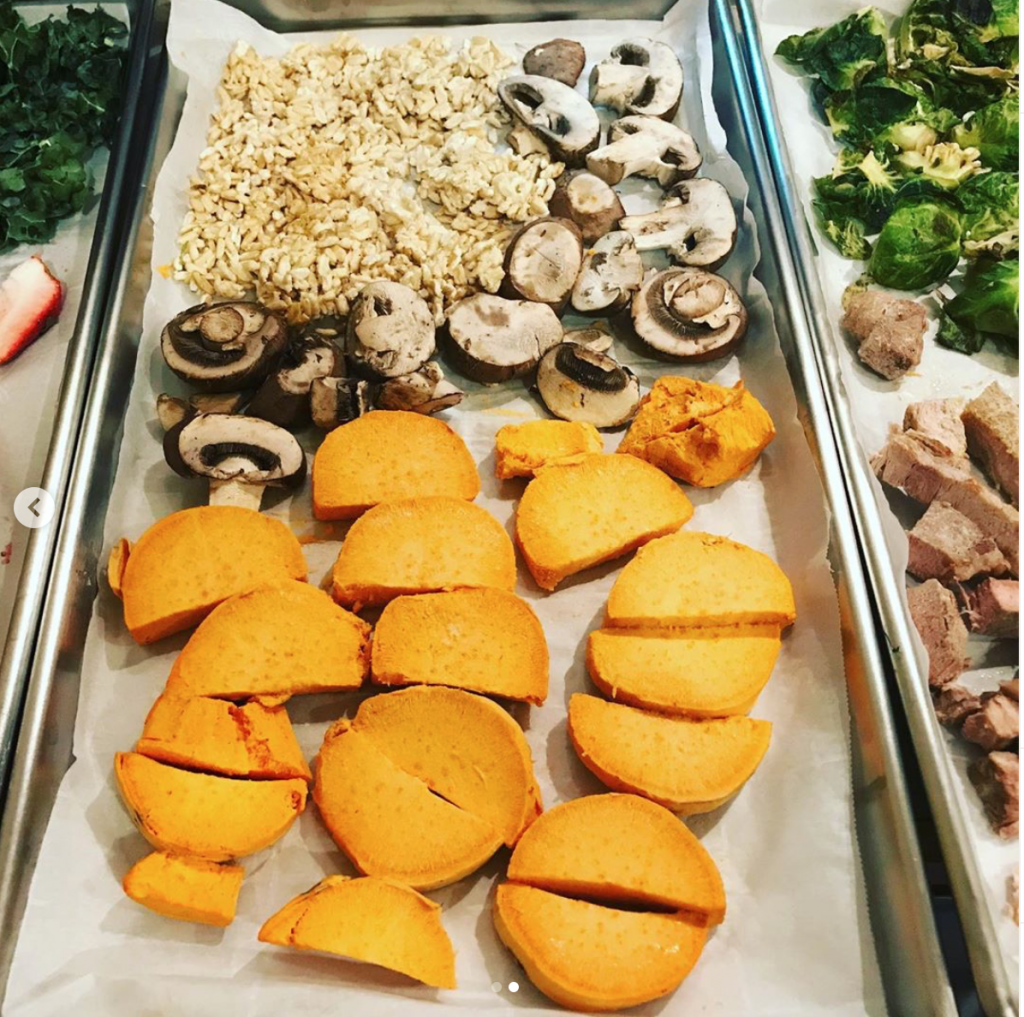
Travel the World… Well Travel Almost Anywhere in the World
After checking the airlines and what items they would allow me to take onto the flights, I contacted them for more information about whether or not my freeze-dried food would be accepted into the country. I could eat two of the meals on the flights, but I needed two meals for the flights back, assuming that they would not be able or completely unwilling to work with my food allergies on any or all of the legs.
What I failed to do is go to a completely separate website, which details every possible food item that may be a considered a biosecurity risk to New Zealand, our vacation destination. Pretty much anything that is considered food is a biosecurity risk. Even though my food was sealed, shelf stable to 25 years, and completely free of moisture, I was asked to toss every one of my unopened meals out, except one. Even the meals that only had GF oatmeal in it were thrown out because I did not carry proof that the food was made to a commercial-grade level. The security agents were completely unfamiliar with Harvest Right, so they were just doing their job.
But I can say for the two flights I did have the option to eat my freeze-dried food on the way to New Zealand, I was glad I had them! On the first leg, the six-hour flight had no gluten-free snacks for free or for purchase, and the juice option, POG (Pineapple, Orange, Guava) had both pineapple and high fructose corn syrup. I drank water and coffee, and I had one pouch of freeze-dried food rehydrated with hot water.
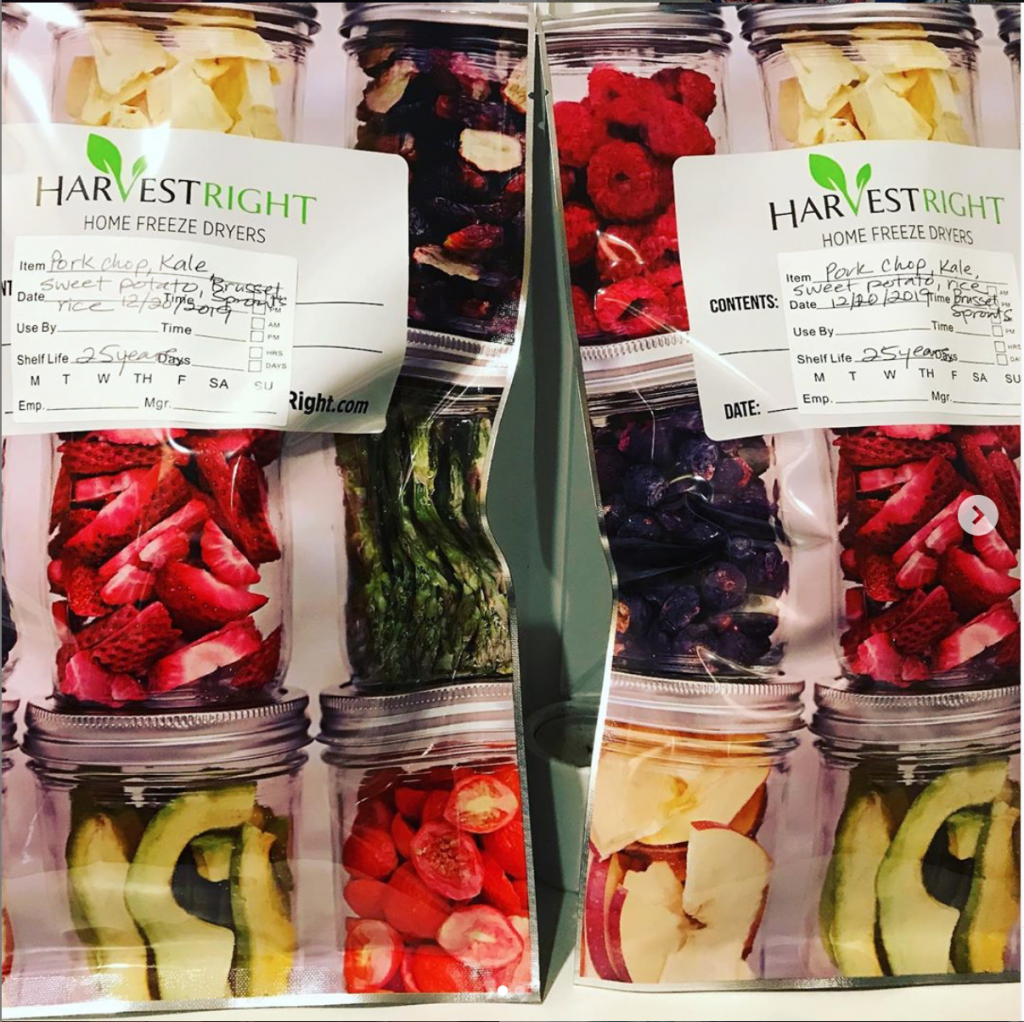
When we arrived in the terminal for our stopover, we had less than 45 functional minutes to grab food. The only conveniently located food was pizza (not gluten free, not dairy free, and certainly not allium-free on an uncontaminated surface). On the second leg, I drank water and coffee, and I had one pouch rehydrated with hot water. When the designated gluten-free meal arrived at my seat, M looked at my meal and noticed how few calories it had compared to his standard meal. It would be a fair guestimate that the total calories I could actually eat from that meal was less than 250 calories. That’s 250 calories for almost 17 hours of flying time. So the next time someone tries to tell you that you don’t need to bring your own food because the airline will take care of your food needs, feel free to share this part of the story with them.
My Harvest Right pouch of calories added an additional 300 calories, including some simple carbohydrates. I think you can see what a lifesaver this could be if you had to be on a long flight with yourself or with a food allergic child.
When I was tossing out my pouches of food in the bin at security in New Zealand, the security personnel did express some concern. When she asked why I would bring so much food with me when New Zealand has a lot of great restaurants, I explained that it was for having emergency calories available because of my multiple food allergies. She cared enough to ask me what kind of allergies I had, and when I listed them and what kinds of reactions I had, she actually expressed some compassion for me.
I put in a plug to consider contacting Harvest Right in the near future so that they could see that the food was produced and sealed in mylar bags to the standard of commercially-made freeze dried food. You might wonder why I bothered. I bothered because I think it’s a good thing to stay positive and to try to take positive steps towards change, rather than to complain or to act helpless. I would rather try to do something about my situation than act as if everything I try to do is futile.
Maybe the only short-order solution for this story — getting through 17 hours of flights with limited food options — is to try to advocate for more airlines to take our food allergies seriously and provide better options. In the long run, I’ll continue to use my Harvest Right for making emergency food for my home kit, and stand-by food for all the traveling, races, and multi-day staged events I plan on participating in.
Food shouldn’t have to a barrier to doing what you love. And food can still be fun! According to Harvest Right, you can even freeze ice cream, and although I’m milk dairy free, it’s a cool thing to think that whatever “fun food” you can conceive of, you can freeze dry it and take it with you.
Do you have some experience around travel and food allergies or medically-necessary diets that you’d like to share? Please send it in a comment, and I’ll share it with the community.



